In Photos: Awe-Inspiring Desert Tortoises of the American West
American West

Theodore Roosevelt once wrote of the American West that "nowhere, not even at sea, does a man feel more lonely than when riding over the far-reaching, seemingly never-ending plains." These desert lands of faraway horizons dotted with the spectacular mountain ranges often look desolate, but in truth, they teem with many unique species of plants and animals.
Awesome animal
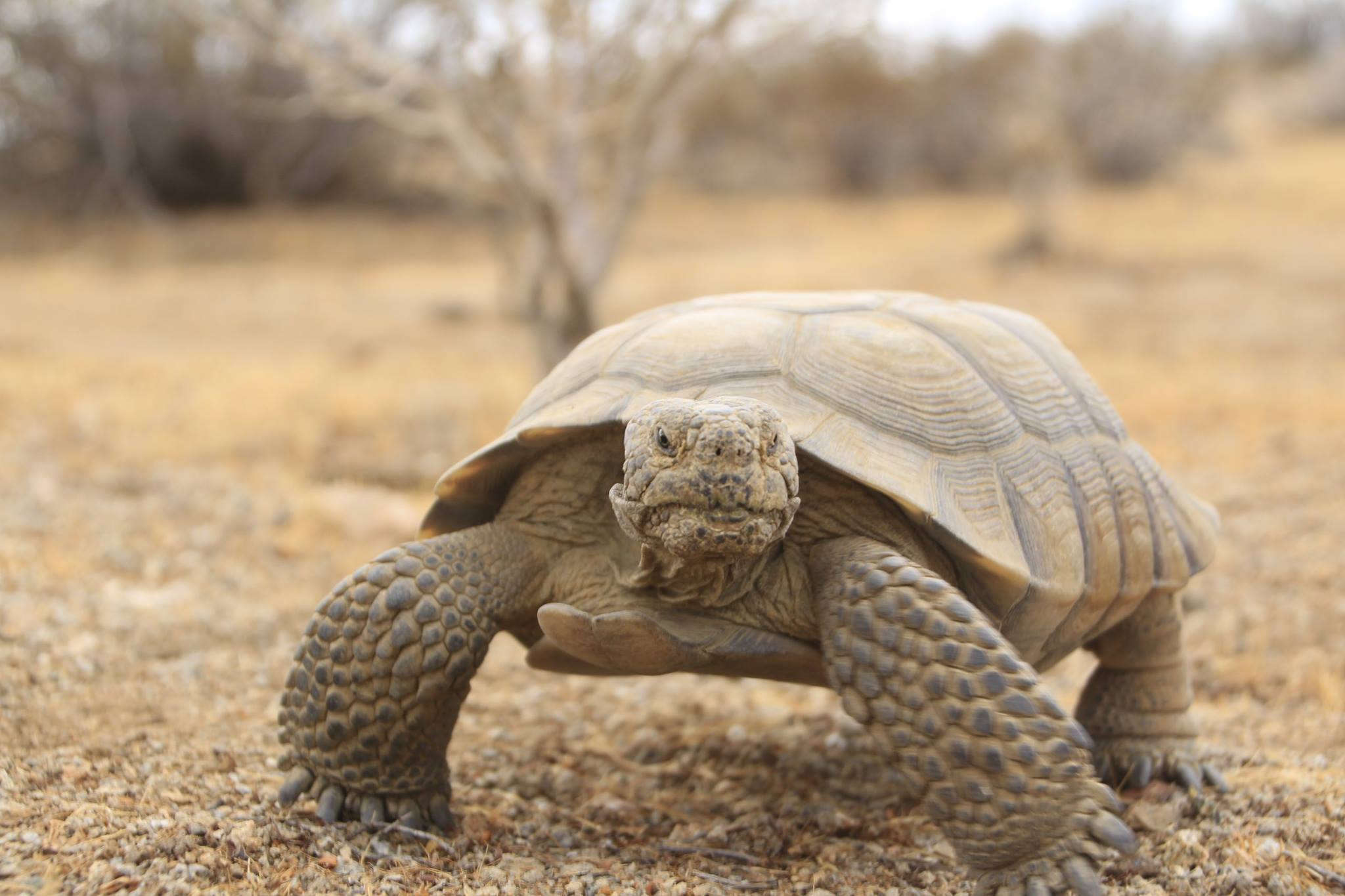
One such amazing critter of the American West is the desert tortoise. These large, herbivorous reptiles can be found slowly plodding across the dry desert landscapes of the West. Their most preferred plant community in which to live is that of the creosote bush, Larrea tridentata, regions but they can also thrive in succulent scrub, microphyll woodland, saltbush and semi-desert grassland areas. There are two species of desert tortoises found in the West: the Mojave Desert Tortoise, Gopherus agassizii and the Sonoran Desert Tortoise, Gopherus morafkai.
Across the west

The range of the desert tortoise is located across the Mojave and Sonoran Deserts in the states of Utah, Nevada, California and Arizona, as well as within the Sonoran Desert region of western Mexico, They can live at elevations ranging from below sea level (like Death Valley) to high dry desert regions upwards of 7,300 feet (2,225 meters). They seems to prosper best at elevations that range from 1,000 feet (305 m) to 3,000 feet (914 m).
Built-in camo
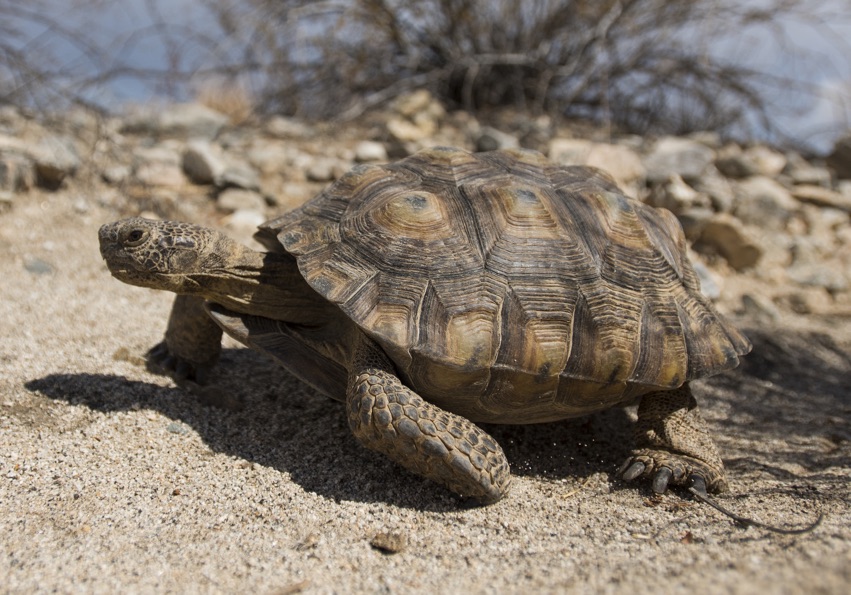
The high-domed carapace of the desert tortoise can reach a length of 8 to 16 inches (20 to 40 cm) and a height of 4 to 6 inches (10 to 15 cm). The color of the shell tends to be greenish-tan to dark brown in color, perfect for blending into the predominately brown desert landscape. A mature adult tortoise will weigh between 8 and 20 pounds (3.6 to 9 kilograms). A desert tortoise can live upwards of 60 to 80 years.
Built for the desert
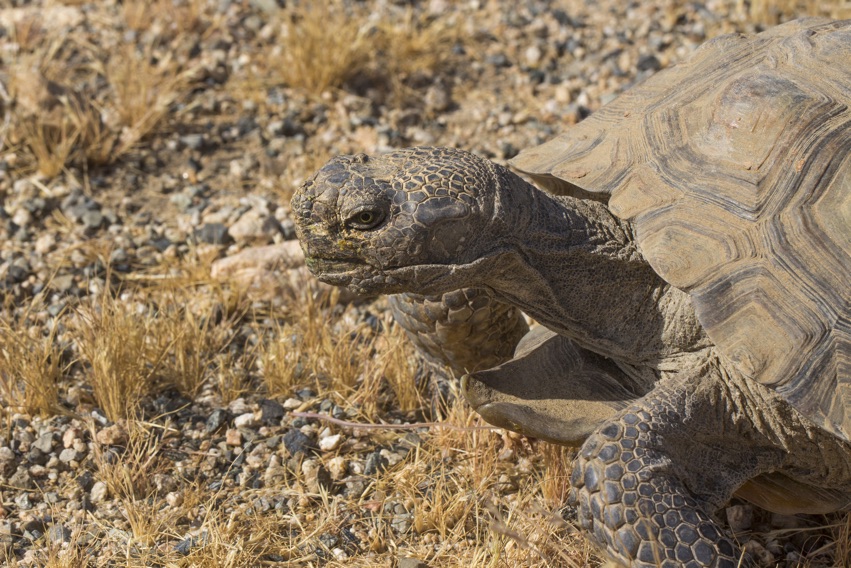
The desert tortoise is equipped with powerful legs and thick, flattened claws ideal for digging. The front legs are covered with a thick layer of protective, tough scales. The hind legs are more stumpy and elephantine in appearance. The feet of the desert tortoise are also web-less. The desert tortoise is a member of the Family Testudinidae, a family consisting of only 5 species in all of North America.
Survival skills

Desert tortoises survive well in the hot desert environments in which they live. Their powerful front legs can easily dig underground burrows 3 to 6 feet (0.9-1.8 m) in length, from which the tortoise can escape ground temperatures that can soar to more than 140 degrees Fahrenheit. (60 degrees Celsius). Desert tortoises are said to be ectothermic, meaning they control their body temperature by using an underground burrow. The burrow protects the tortoise from both the summer heat and winter cold found in the American deserts.
Homebody
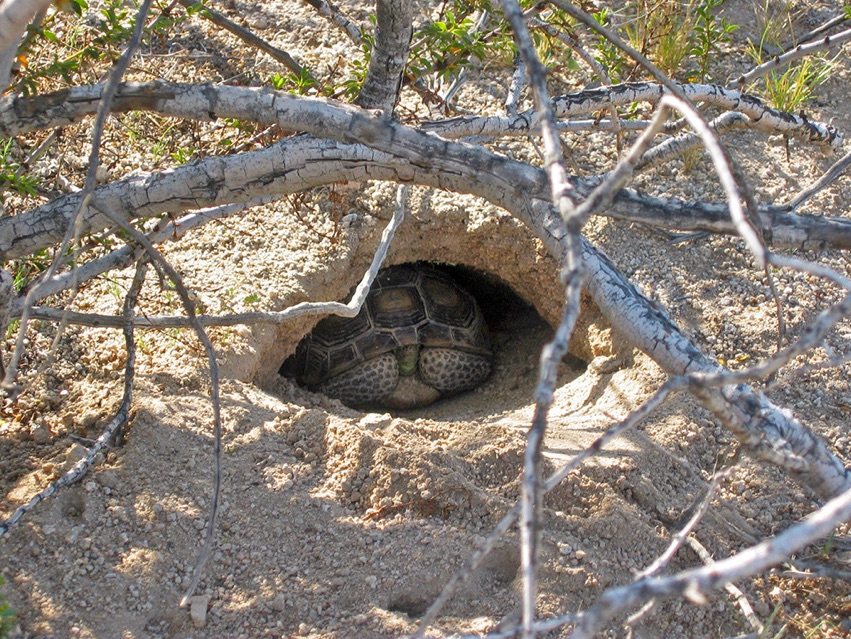
The desert tortoise spends upward of 98 percent of its time in its underground burrow, making it one of the most elusive creatures of the desert. During a normal year of temperatures, it will spend from November to February in a torpid, or hibernation, state while in its underground burrow. The home range of a desert tortoise is thus limited to a desert area where these life-saving burrows can be dug into the rocky desert soil.
Get the world’s most fascinating discoveries delivered straight to your inbox.
Out and about

By early March, the warmth of the mild desert spring returns and the desert tortoise emerges from hibernation. The desert tortoise is most active during the spring and early summer, foraging on the many wildflowers and tender plants that now cover the desert floor. A desert tortoise requires 15 to 20 years to become sexually mature. Mating season arrives in early summer with aggressive male-to-male combat. A dominant male may win the chance to mate, but it appears that a female does have some choice in the matter.
Baby time

A fertile female will lay a clutch of 3 to 12 eggs in a nest in or near her burrow's entrance. The eggs go unattended and will begin to hatch at the end of the rainy season in September and early October, after an incubation period of 90 to 120 days. The 2- to 3-inch-long (5 to 7 cm) hatchlings now have a soft shell and are very susceptible to predators, such as ravens, hawks coyotes, foxes and bobcats. Scientists estimate that only about 2 percent of desert tortoise hatchlings survive to become adults.
Snack time
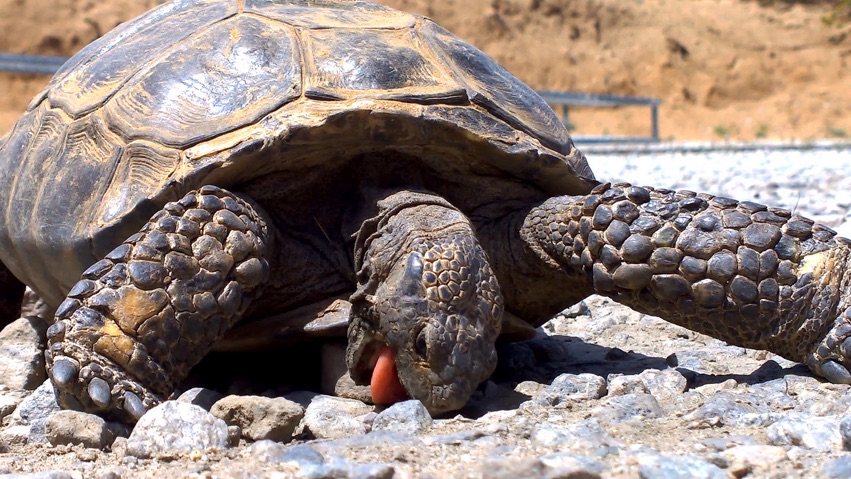
The summer monsoon season across these dry desert lands result in a burst of vegetation growth and is the prime feeding season for the desert tortoise, when it will eat most of its yearly supply of food. They will eat leaves, stems, flowers and fruits of many species of desert plants. Because of a special type of bacteria that lives in its digestive system, the desert tortoise can digest many species of plants that are not edible for other desert wildlife.
Unique skills

An adaptation to desert life that the desert tortoise has successfully made is the unique ability to extract from the plants that they eat almost all the water they require in order to survive. If free-standing water is available, such as after a monsoon shower, the tortoise will drink it but can survive many months from the moisture it acquires from its food. They will also store water in their bladder, reabsorbing the water back into its systems during periods of extended drought.
 Live Science Plus
Live Science Plus





